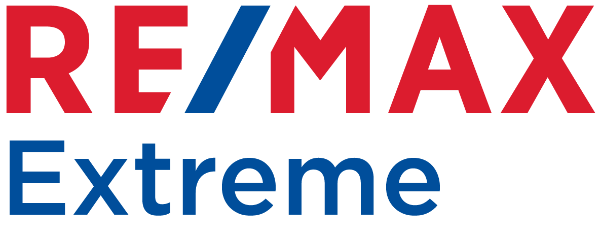Lessor Vs Lessee: The Difference Between Rent And Tenancy In Lease Agreements
Entering into a lease agreement, whether it’s for a property or an asset, can be a significant decision. Knowing the differences between lessor and lessee roles and understanding the concepts of rent and tenancy can help you make more informed choices.
This article will explore the distinctions between lessor and lessee, rent and tenancy, and provide valuable insights to help you navigate the world of lease agreements.
Lessor vs lessee: understanding roles in lease agreements
A lease agreement involves two main parties: the lessee/lessor parties. Understanding their roles is crucial to ensure a smooth leasing experience.
The lessor
The lessor is the property owner or leasing company that offers the asset for lease. This is the party to provide the papers that need signing for the lease to take effect and the lessor retains ownership of the property. Their responsibilities include:
- Providing the asset in a suitable condition for the lessee’s use
- Ensuring the asset remains in good working order throughout the lease term
- Retaining ownership of the asset and receiving lease payments, except in specific lease types like a financial lease
The lessee
The individual who is renting the property or asset is called the lessee. It is the party that signs the paper and the lessee pays for the lease, making lease receivable payments. Their responsibilities involve:
- Making periodic payments, known as rent, to the lessor
- Maintaining the leased asset and returning it in good condition at the end of the lease term
- Respecting the lease’s stipulated parameters
Rent vs tenancy: the key differences
Rent and tenancy are fundamental concepts in lease agreements, and understanding their differences is essential.
- Rent
This refers to the periodic payments made by the lessee to the lessor in exchange for using the leased asset. In other words, the lessee is responsible for the payment of rent, which might vary depending on variables such as the asset’s location, market conditions, and asset kind.
- Tenancy
Tenancy refers to the legal rights and obligations that both the lessee and lessor have during the lease term. It encompasses the terms and conditions outlined in the lease agreement, which govern their relationship.
Lease agreements: understanding terms and conditions
Lease agreements consist of various terms and conditions that define the relationship between the lessor and lessee. Some key aspects to consider include:
- Lease term and renewal
The lease term is the specified period during which the lessee has the right to use the leased asset. It’s essential to understand the renewal options and notice requirements for extending the lease.
- Rent payments and adjustments
Lease agreements outline the payment schedules and methods for rent payments. It’s crucial to be aware of any potential rent increases or adjustments during the lease term outside of what the agreement says.
- Maintenance and repairs
Both the lessee and lessor have responsibilities for maintaining and repairing the leased asset. Knowing who is responsible for various aspects of maintenance can help avoid disputes and ensure the asset remains in good and useful condition.
- Lease termination
Understanding the conditions for lease termination and the consequences of early termination is vital to protect your interests and avoid potential penalties. It can protect the lessee from wrongful termination and the lessor from an overstaying lessee.
Additional insight on lease agreements
- What happens when a lease expires, and the lessee wants to continue using the property?
When a lease expires, the lessee and lessor can negotiate a new lease agreement, or the existing lease may transition to a periodic tenancy, with terms and conditions continuing on a month-to-month or week-to-week basis.
- How do ownership rights work in a lease agreement?
In a lease arrangement, the lessor retains ownership of the property, but the lessee has the right to possess and use it throughout the lease term. Ownership rights may vary depending on the type of lease (e.g., operating lease, finance lease, capital lease). That is unless the lessor transfers ownership rights in a capital lease agreement.
- What are the legal consequences if a lessee or lessor breaches the lease agreement?
Breaching a lease agreement can lead to penalties, termination of the lease, or even legal action. The specific consequences depend on the terms of the lease and applicable laws in the relevant Australian state or territory.
SOURCE: www.soho.com.au



